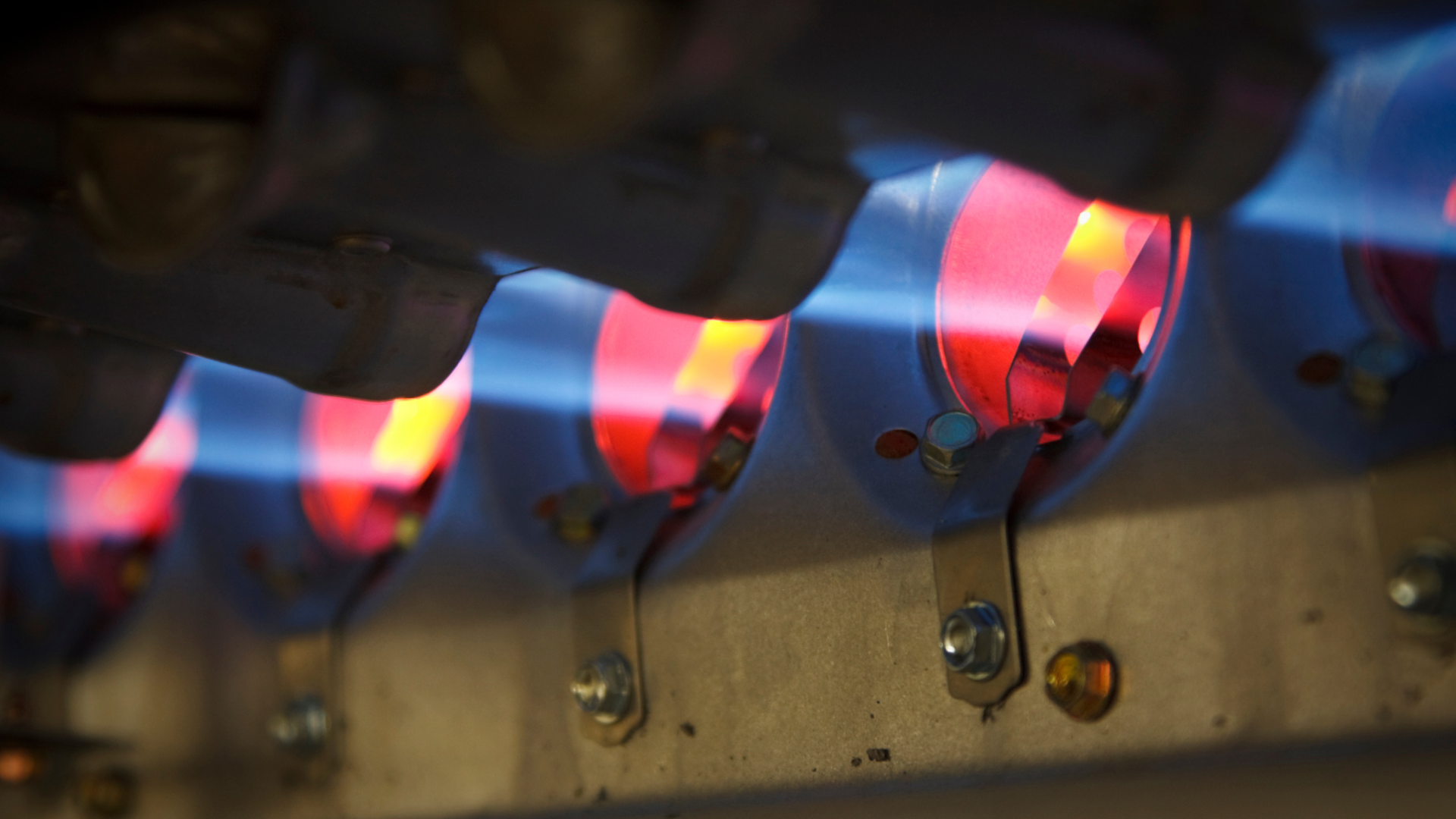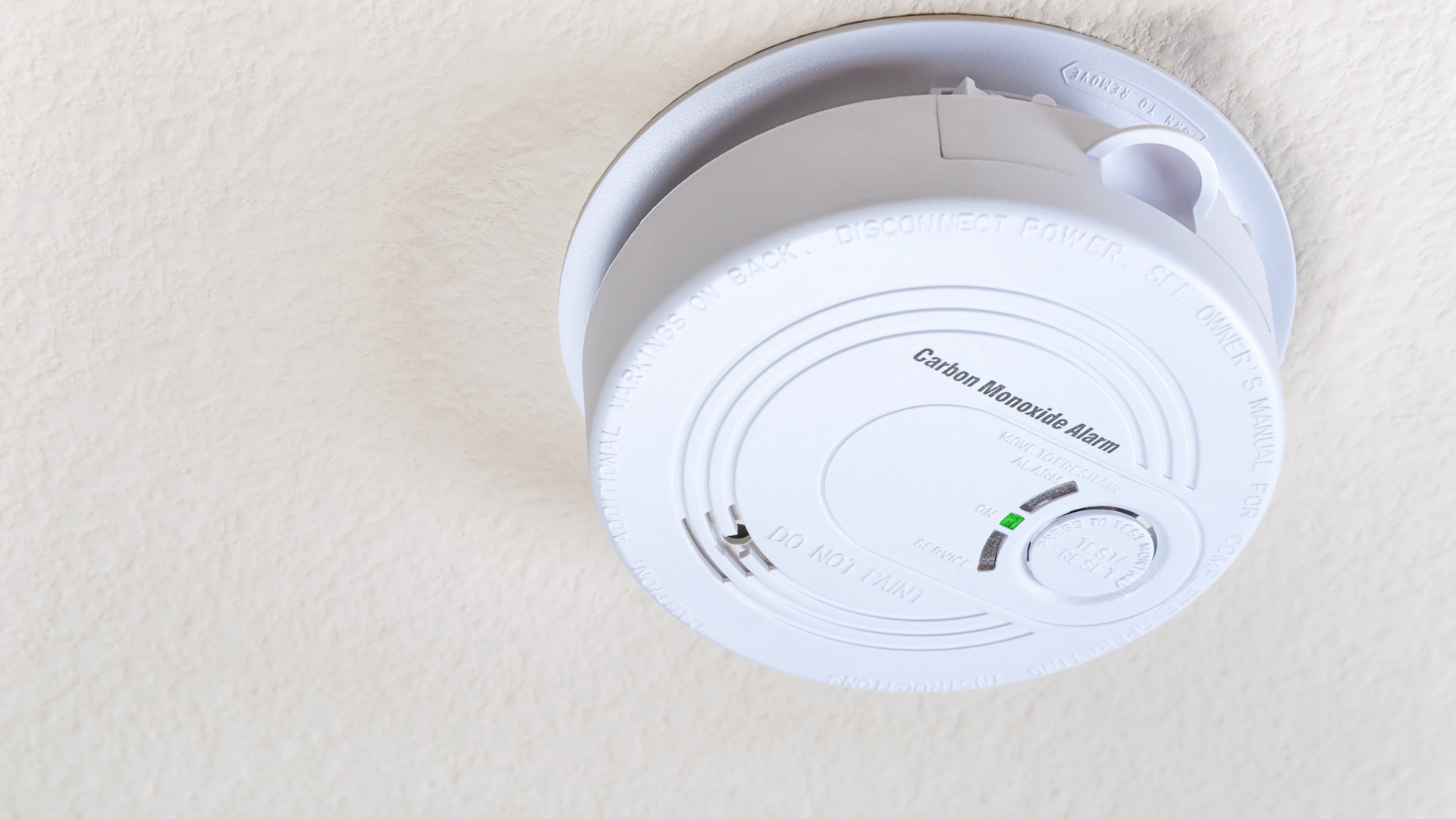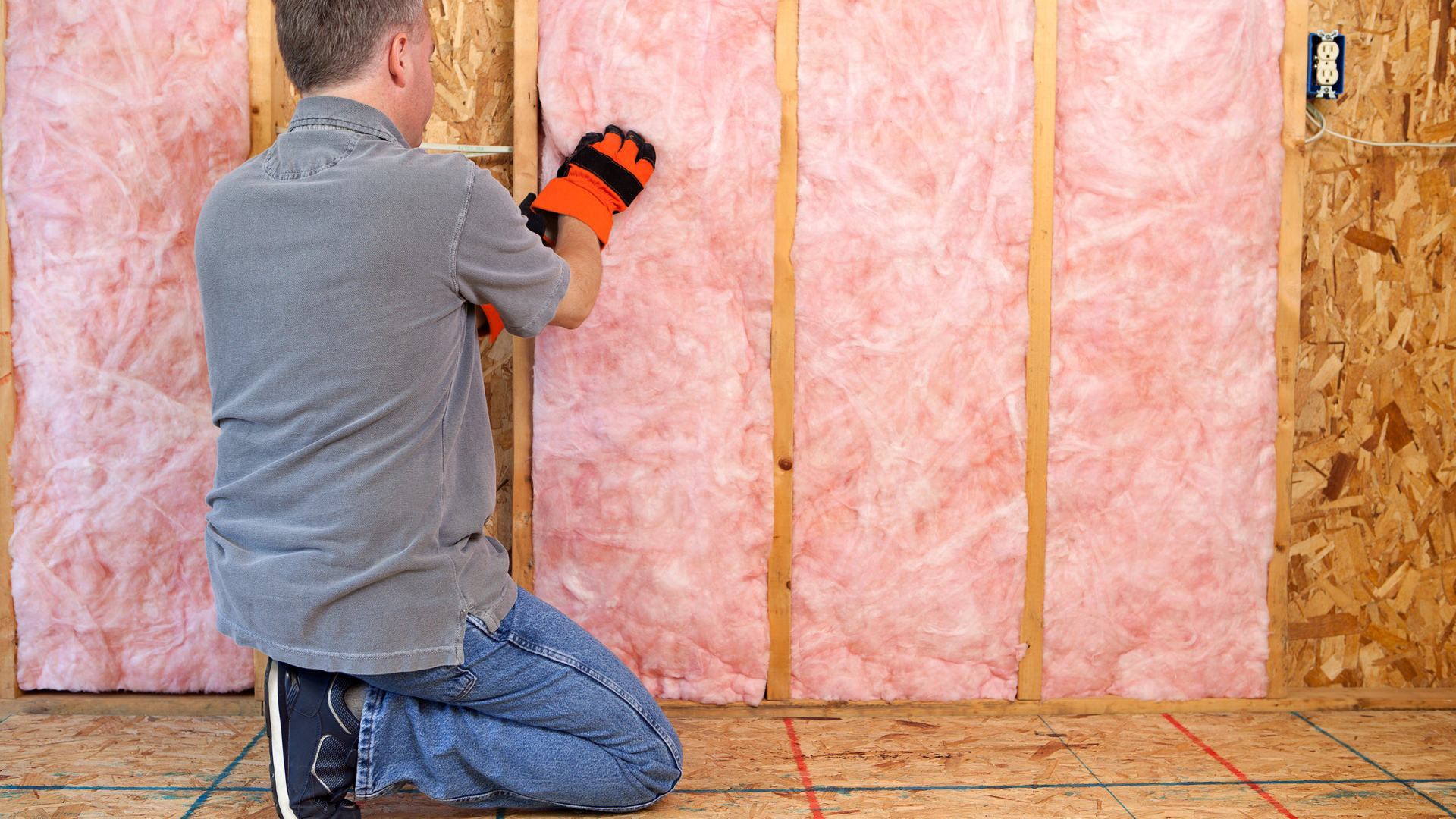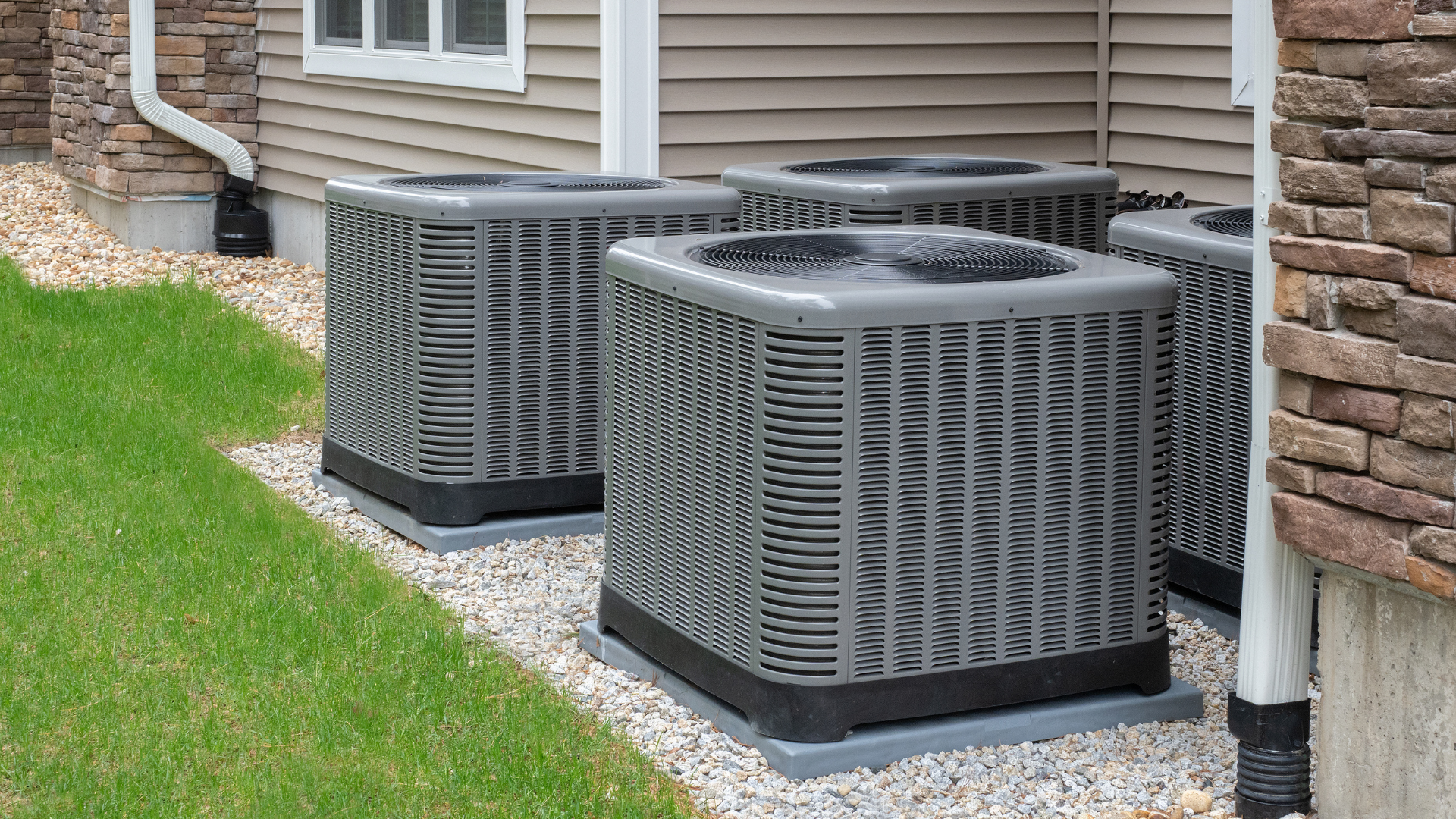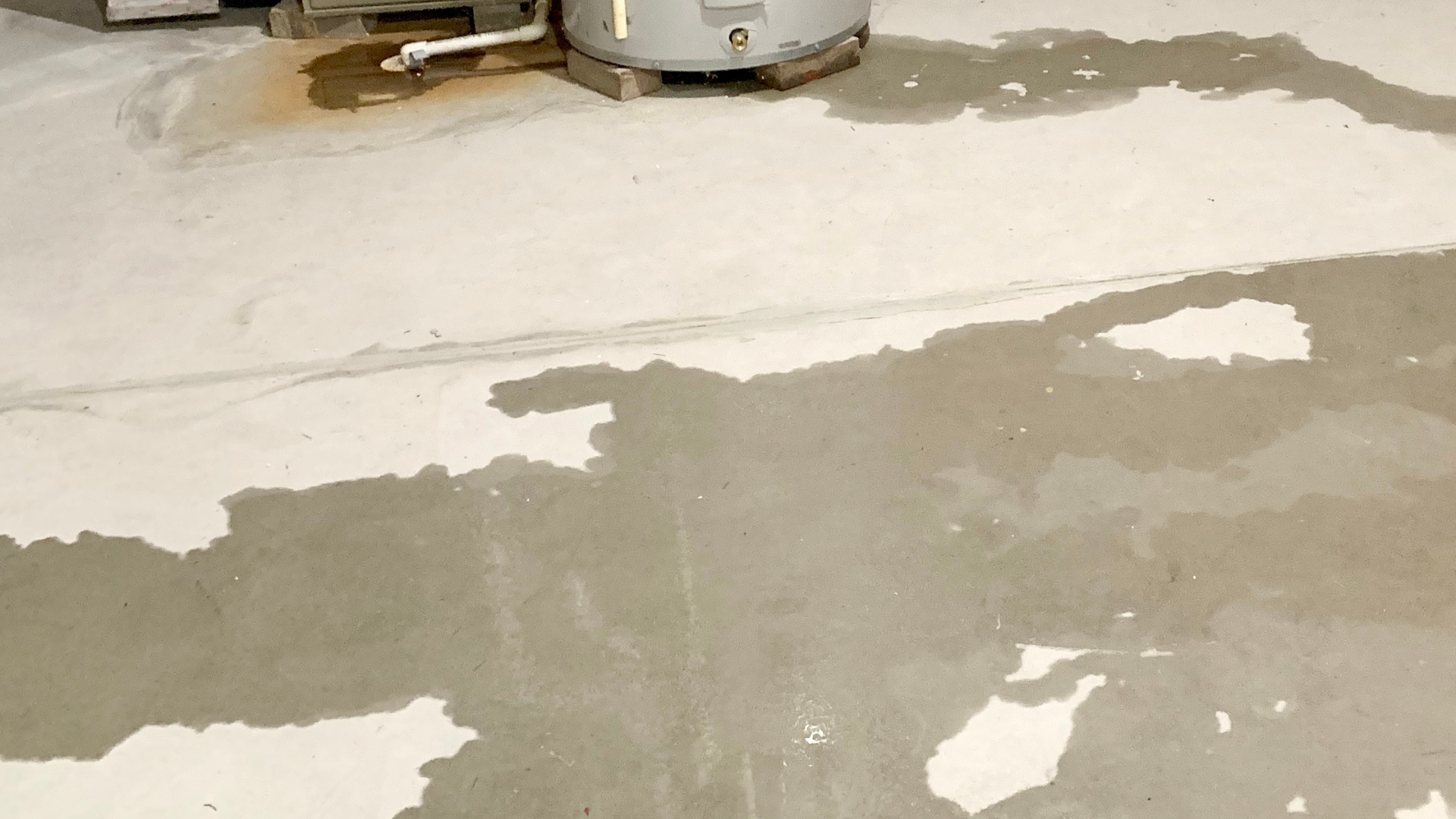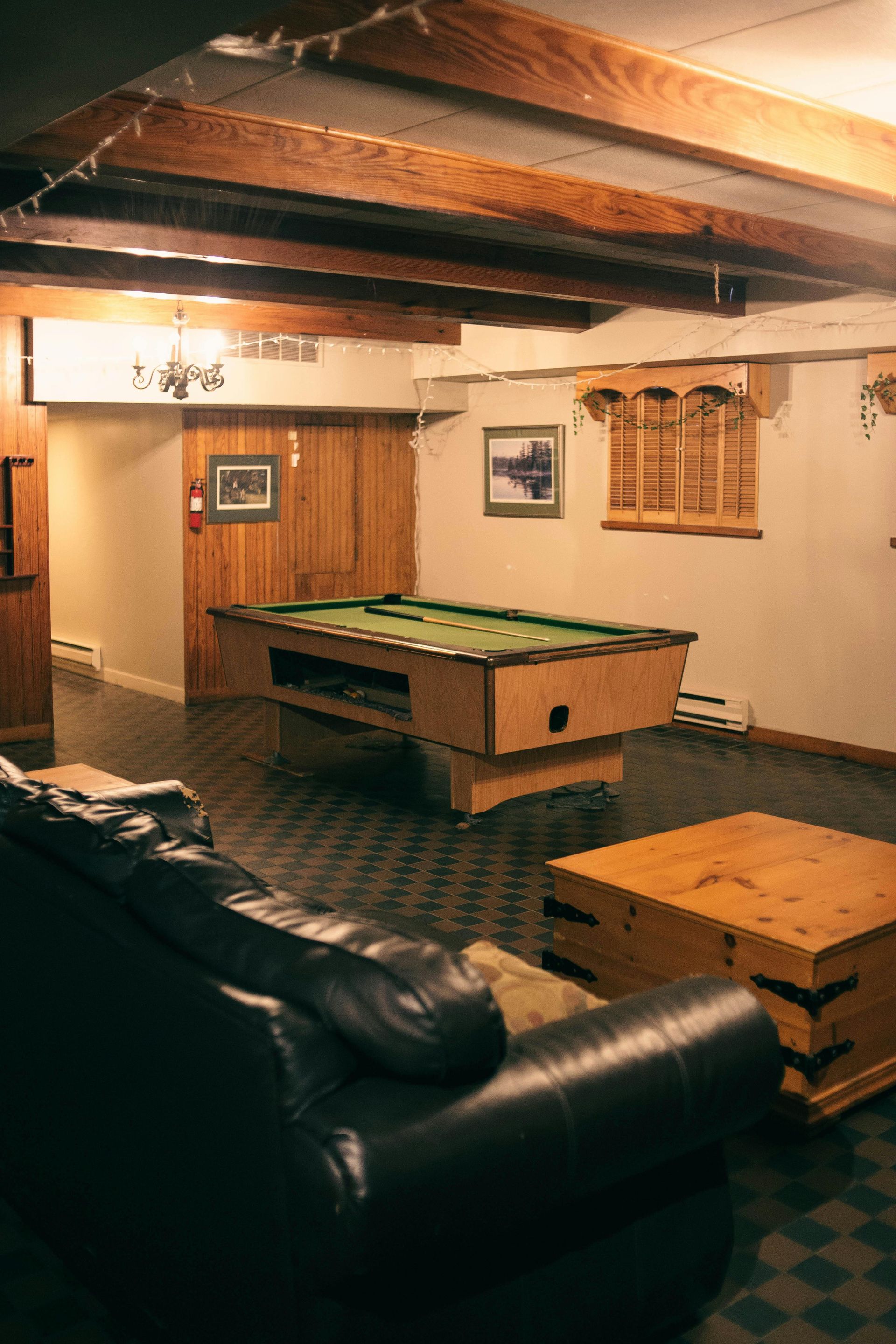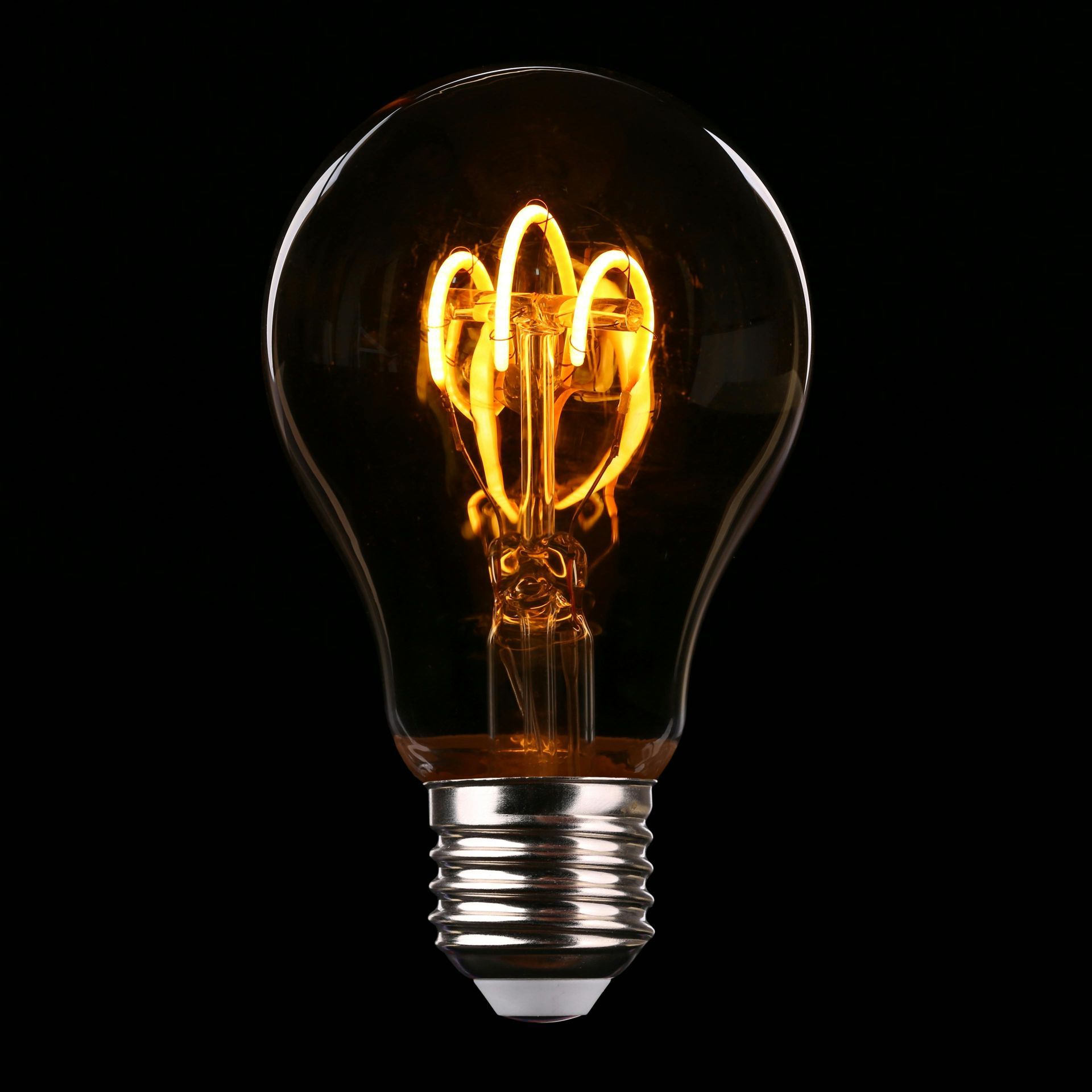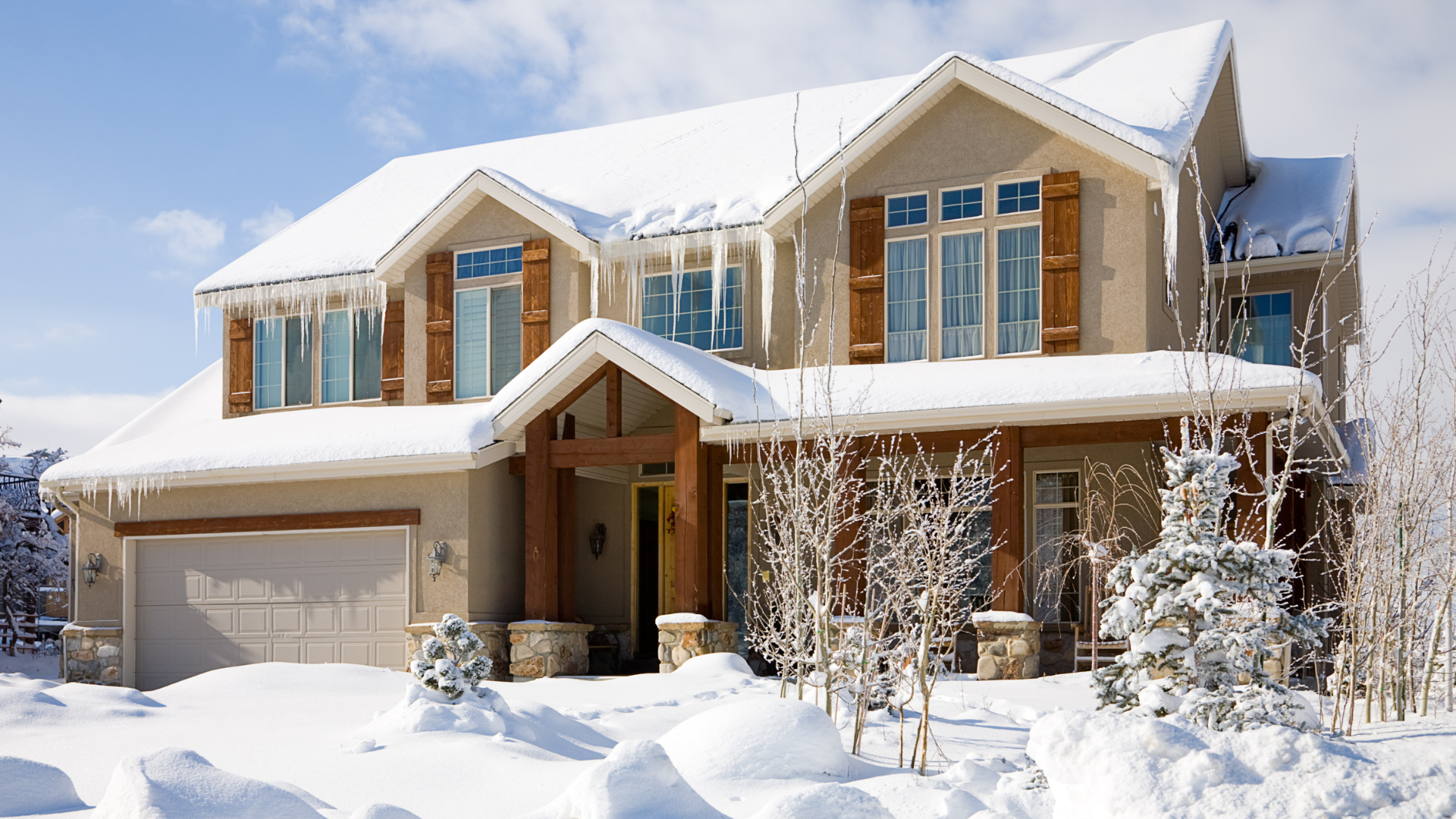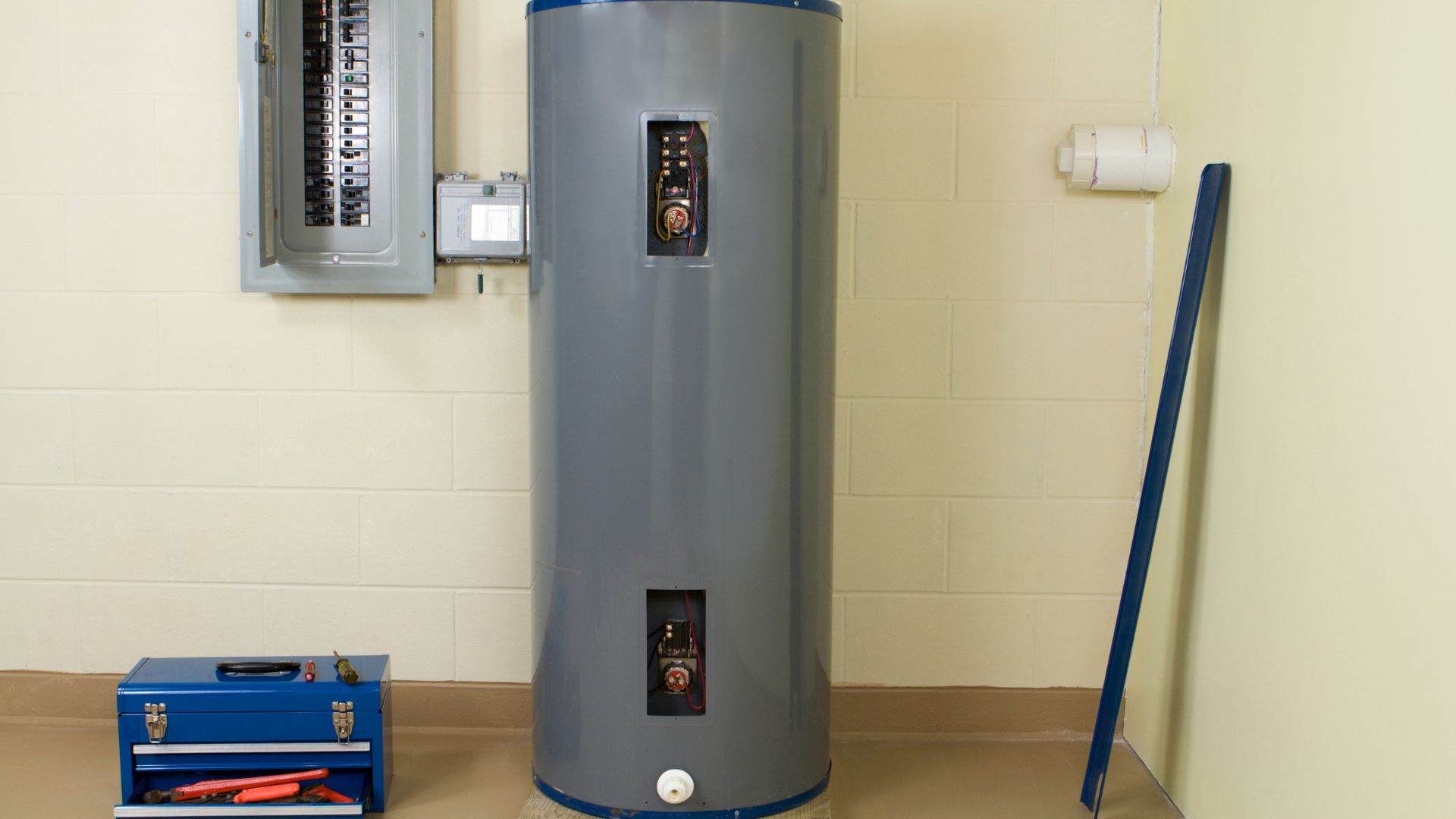Understanding SEER and SEER2: Your Guide to Air Conditioner Efficiency
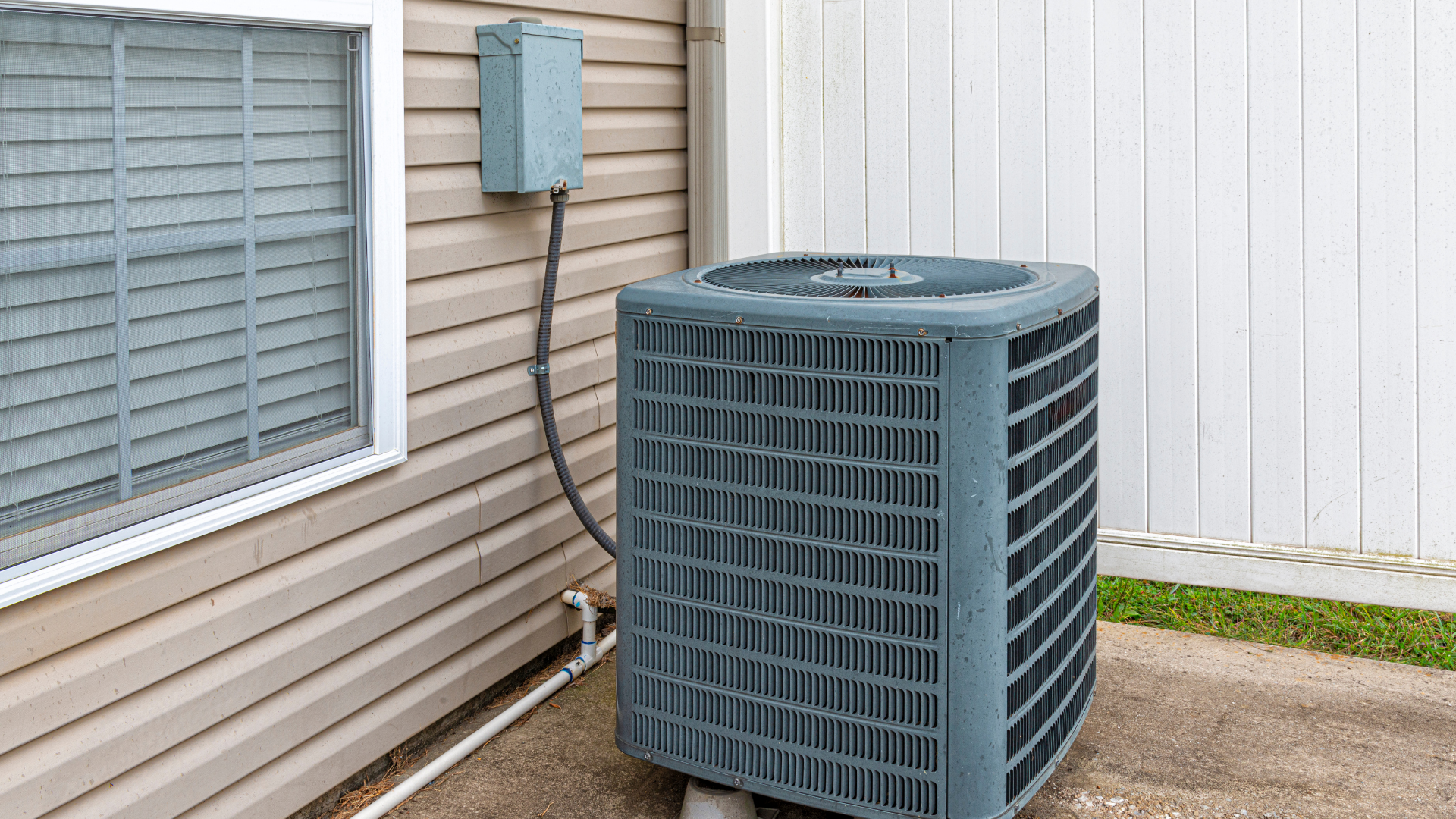
Understanding SEER and SEER2: Your Guide to Air Conditioner Efficiency
When you're looking for a new air conditioning system, you'll inevitably encounter terms like SEER and SEER2. These ratings are crucial for understanding how energy-efficient a unit is and, ultimately, how much you'll pay in cooling costs. Let's break down what they mean for your home.
What is SEER? The Original Efficiency Standard
SEER stands for Seasonal Energy Efficiency Ratio. It's a measurement of an air conditioner or heat pump's cooling output over a typical cooling season, divided by the total electrical energy it consumes during that same period. Think of it like a car's miles per gallon (MPG) rating – the higher the SEER number, the more efficient the system.
A higher SEER rating indicates that the AC unit can produce a greater amount of cool air while using less electricity. This directly translates to lower energy bills for you, especially during those hot summer months when your AC is working overtime. Beyond cost savings, higher SEER units also tend to offer more consistent cooling and better humidity control, leading to improved indoor comfort. They also contribute to a reduced environmental impact by consuming less energy.
Introducing SEER2: The New Standard for 2023 and Beyond
As of January 1, 2023, the U.S. Department of Energy (DOE) implemented new energy efficiency standards for residential HVAC equipment, introducing SEER2. While SEER and SEER2 both measure cooling efficiency, SEER2 utilizes updated testing procedures (M1 testing) that more accurately reflect real-world operating conditions. This means that while a SEER2 rating might appear slightly lower than an equivalent SEER rating, it provides a more realistic representation of the unit's efficiency in your home.
For instance, the minimum SEER rating in Northern states for new AC units was 14 SEER, which now translates to 13.4 SEER2. In Southern states, the minimum went from 15 SEER to 14.3 SEER2 for units under 45,000 BTU/h.
Why Does SEER (and SEER2) Matter to You?
- Energy Savings: This is the most significant benefit. A higher SEER or SEER2 rating means your air conditioner uses less electricity to cool your home, leading to noticeable reductions in your monthly utility bills. Over the lifespan of your system, these savings can be substantial.
- Environmental Impact: By consuming less energy, high-efficiency AC units reduce your carbon footprint and contribute to a more sustainable environment.
- Enhanced Comfort: Many higher SEER/SEER2 systems incorporate advanced technologies like variable-speed compressors. These allow the unit to run at lower, more consistent speeds for longer periods, resulting in more even temperatures, better humidity control, and quieter operation.
- Regulatory Compliance: When purchasing a new system, it's essential to ensure it meets the current minimum SEER2 requirements for your region.
What’s a “Good” SEER/SEER2 Rating?
The ideal SEER/SEER2 rating for your home depends on several factors, including your climate, budget, and long-term energy savings goals.
- Minimum Standards: As of 2023, the minimum SEER2 rating for new AC units varies by region. Northern states generally require a minimum of 13.4 SEER2, while Southern states require 14.3 SEER2 for most residential systems.
- Average Range: Most new residential AC units today fall within the 14 to 21 SEER (or equivalent SEER2) range.
- "Sweet Spot": For many homeowners, a SEER2 rating between 15 and 18 offers a good balance between upfront cost and significant energy savings.
- High-Efficiency Options: Units with SEER2 ratings of 20 or higher are considered ultra-high efficiency. While they come with a higher initial price tag, they offer the greatest energy savings over time, especially in very hot climates where your AC runs frequently.
Making an Informed Decision
When considering a new air conditioning system, don't just look at the upfront cost. Factor in the long-term energy savings that a higher SEER2 rating can provide. Discuss your home's size, your local climate, and your energy consumption habits with a qualified HVAC professional. They can help you determine the most appropriate SEER2 rating for your needs, ensuring you get a system that keeps your home comfortable and your energy bills manageable for years to come.
Click Another Article to Read More

